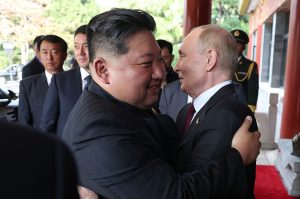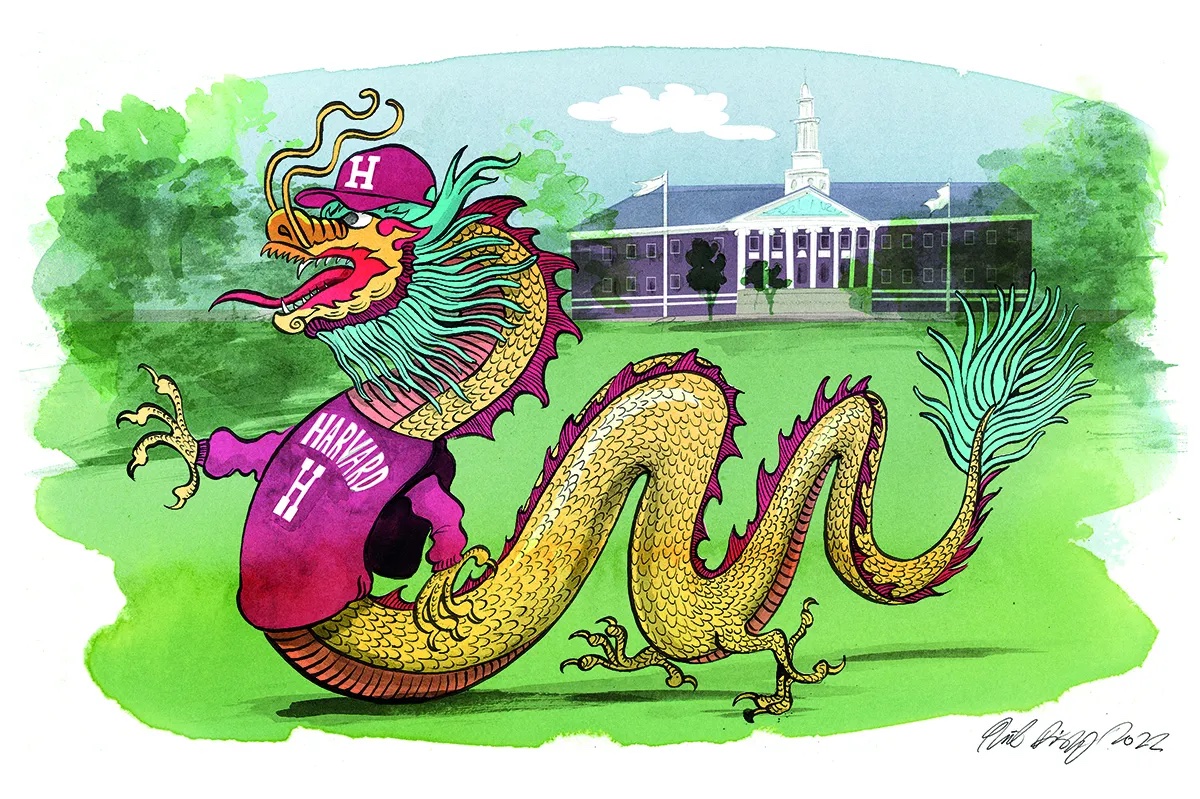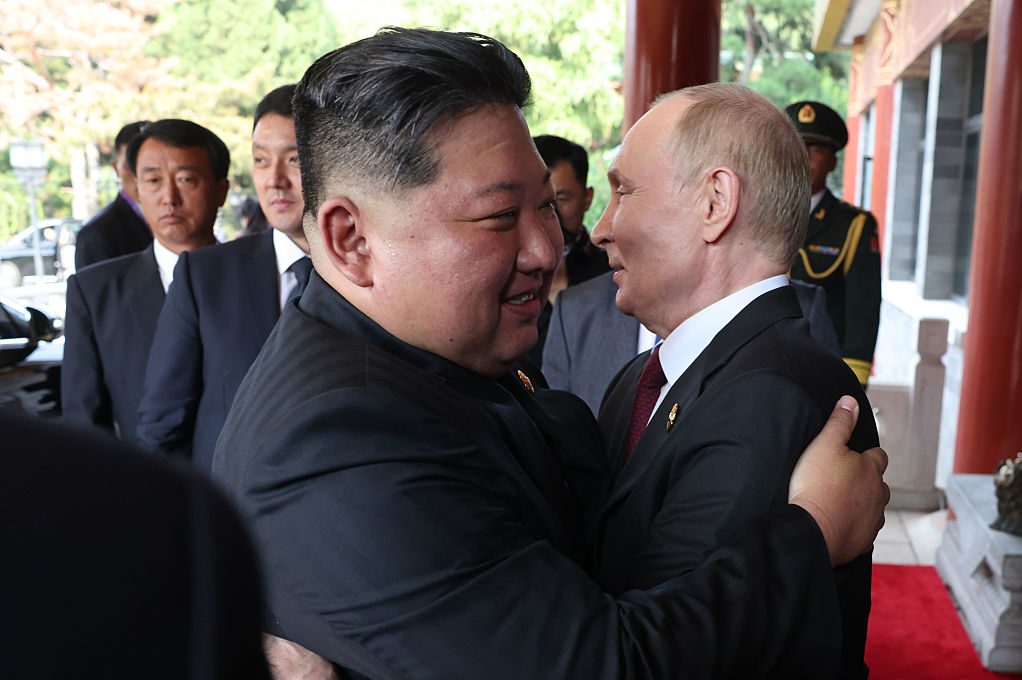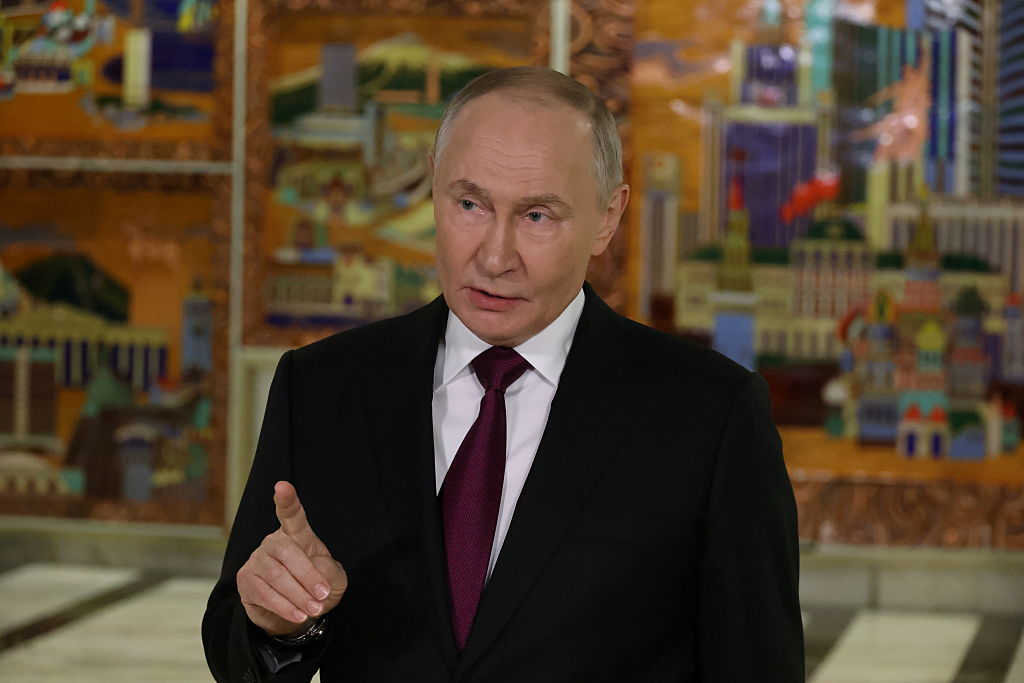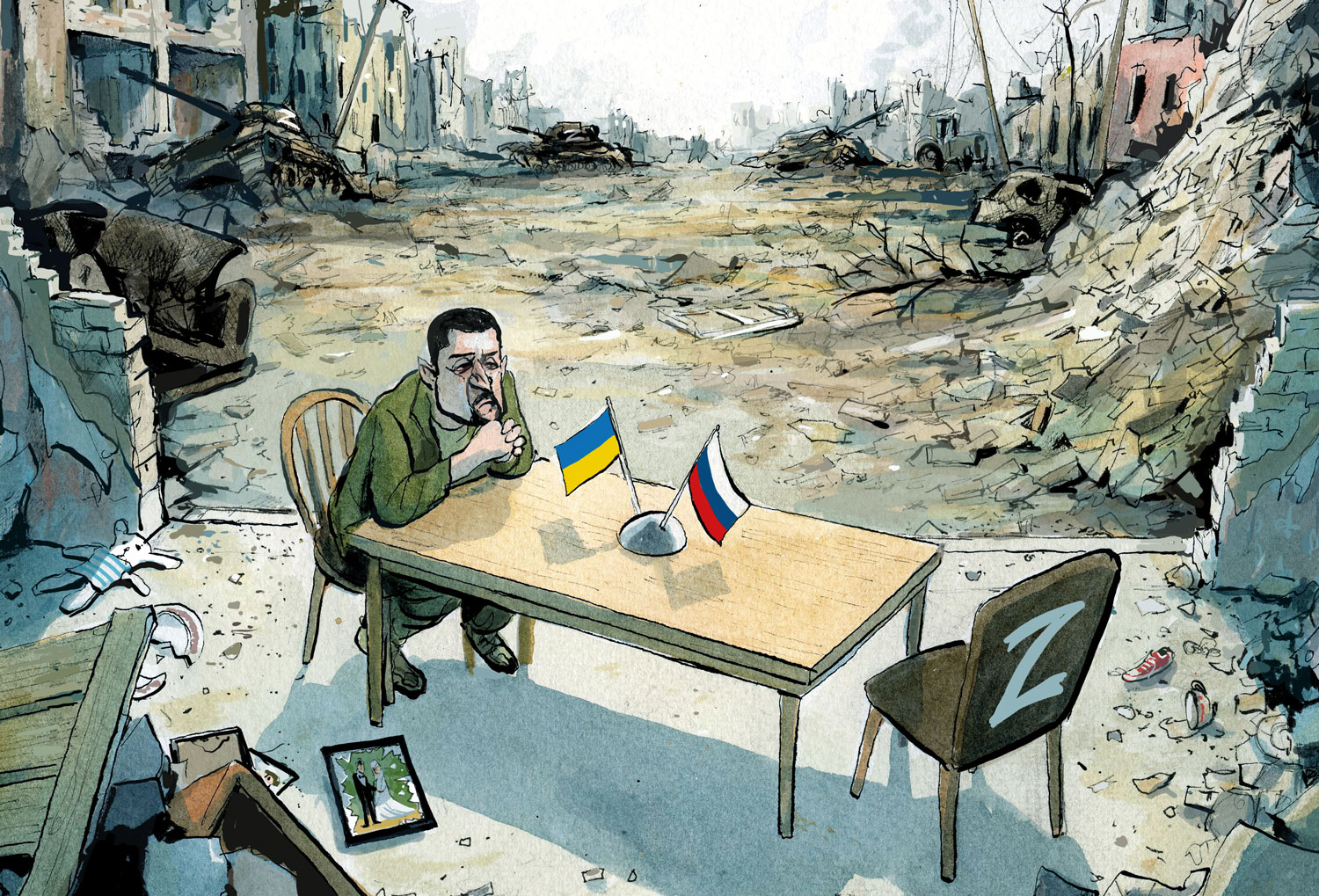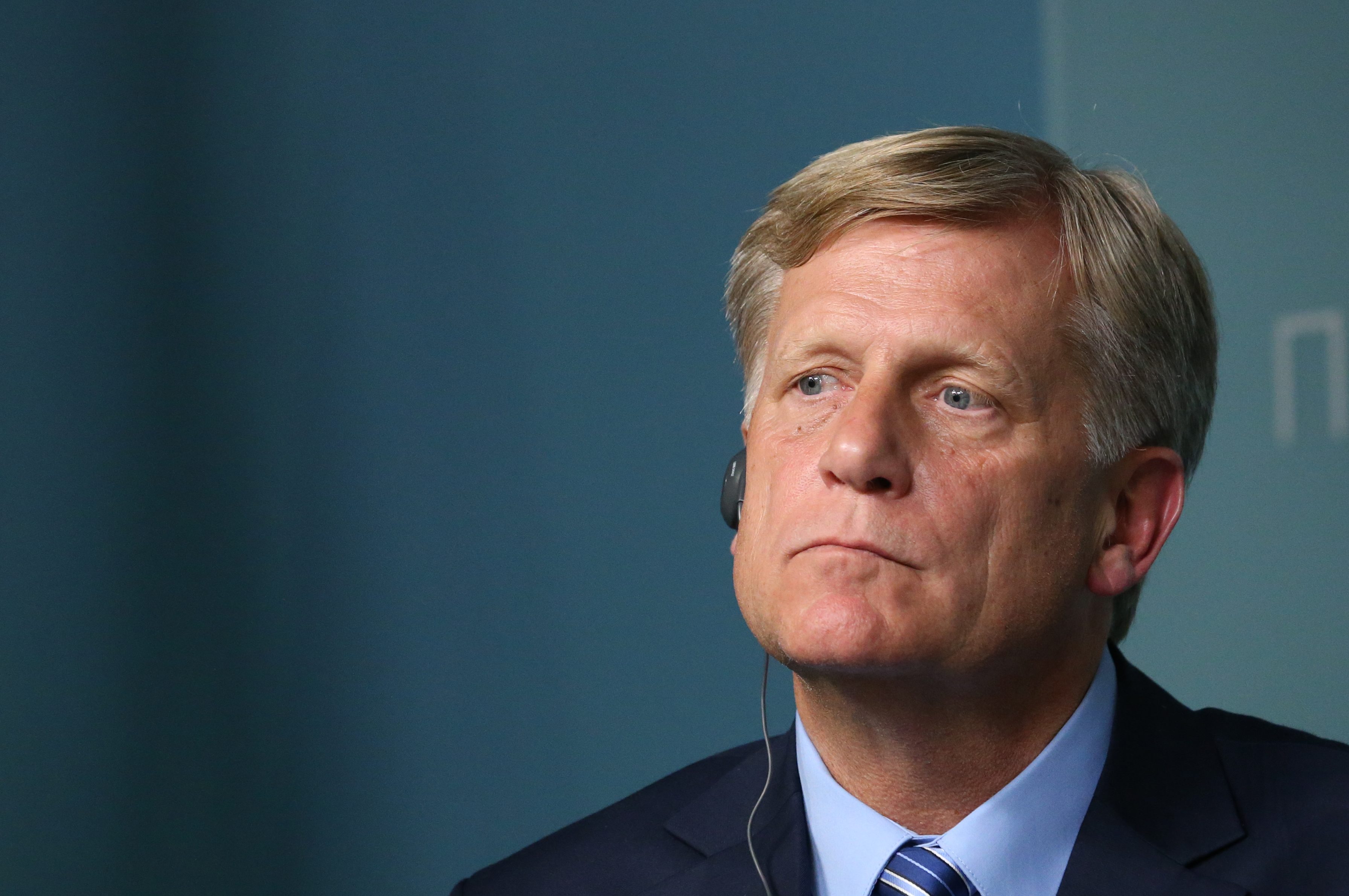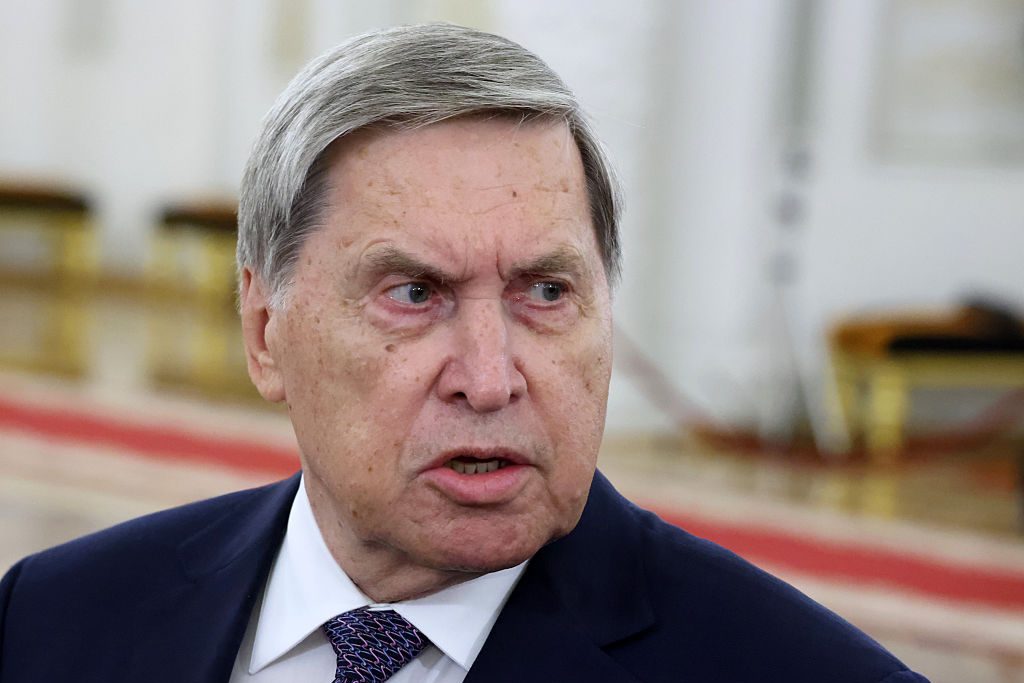Russia’s brutal war in Ukraine is coming up on its eighth month, and the costs to the Kremlin’s military have been immense. Increasingly isolated on the world stage, Vladimir Putin has joined the world’s club of pariah states, the only group willing to give him support. Chief among his allies is the Islamic Republic of Iran, a state with similarly imperialistic designs and global isolation. This axis has been brewing for some time — the two nations worked together extensively in Syria, for example — but the relationship has reached new heights as the Russian armed forces buckle under the strain of war.
Perhaps the most potent symbols of this relationship are the hundreds of Iranian drones flooding into Ukraine to fill a gap in Russia’s weapons inventory. While Russia has operated reconnaissance drones of its own design, it has not previously had a substantial supply of either weapons-carrying drones or loitering munitions (suicide drones). Yet Iran has now provided both. The two main drone variants are the Mohajer-6 and the Shahed-136. As is to be expected, Iran denies that it has given Russia drones, despite clear evidence that it has.
The drones were transferred to Russia in August, but the US had warned of the impending transaction a month earlier. Hundreds are supposedly in Russian hands, and Ukrainian President Volodymyr Zelensky has indicated the Kremlin is seeking to purchase up to 2,400 more of the Shahed-136 alone. First used in mid-September, the Shahed-136 has proven to be the most problematic for Ukrainian forces, presenting a challenging target for radar and air defense systems due to its low operational altitude. The Russians have employed them in swarm attacks — a tactic that involves deploying a large quantity of drones at once against a particular target area to overwhelm air defenses — with some success, hitting the Kyiv region multiple times over the past two weeks.
It also appears that there are Iranians in Ukraine itself helping the Russians deploy the drones. Fortunately for Ukraine, the Shahed-136 is relatively primitive as far as drones go, and the Ukrainian military has downed a significant number of them — possibly as many as 60 percent of those launched on October 10. Nevertheless, the drones are still doing serious damage, primarily hitting critical infrastructure rather than military targets.
Ukraine has downgraded its diplomatic relationship with Iran over the drones, and the US has sanctioned select Iranian companies. But these actions are not going to break the Russia-Iran axis. Benefits of the axis are not just flowing Russia’s way either. Both countries have been deepening economic ties, potentially lessening the blow of Western sanctions in the future.
In August, Russia sent an Iranian satellite into space, which could bolster Tehran’s surveillance capacity and represent a threat to Israel in particular. Tehran is also on a path to joining the Shanghai Cooperation Organization, headed by China and Russia, which would further its relationship and integration with its autocratic partners. This, combined with Iran’s announcement that it will hold naval exercises with China and Russia, indicates a larger authoritarian axis is metastasizing.
If the partnership continues to deepen, the danger for the West increases. Iran may well obtain a nuclear weapon in the near future, particularly as it faces increasing domestic unrest (as North Korea knows, a nuclear weapon goes a long way in ensuring regime survival). For those who still harbor hopes for a deal, Russia will have little interest in helping to curb its ally’s nuclear program, making a renewed agreement all but impossible. Even if that were not the case, Iran’s recent actions — such as planning to assassinate US officials — should rule out further nuclear talks.
Iran and Russia can support one another in blunting the impact of severe Western sanctions, and if both grow closer to China, the impact will be dampened even more. A gang of autocratic nations is always more dangerous than a single isolated one, not least because each is more willing to take risks when it knows its friends are behind it. The US should recognize that the Russo-Iranian axis exhibited in Ukraine is just the start of a long-term and menacing challenge.












